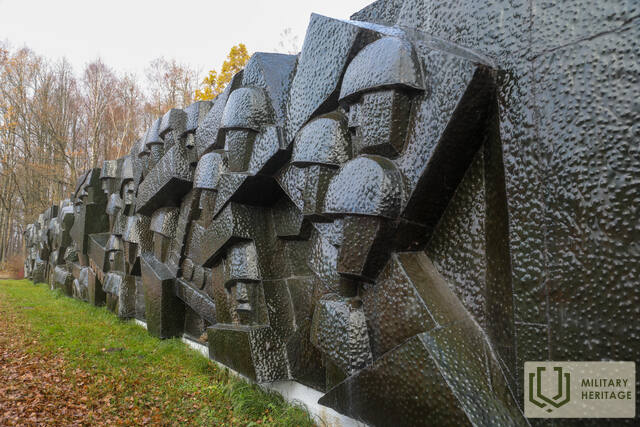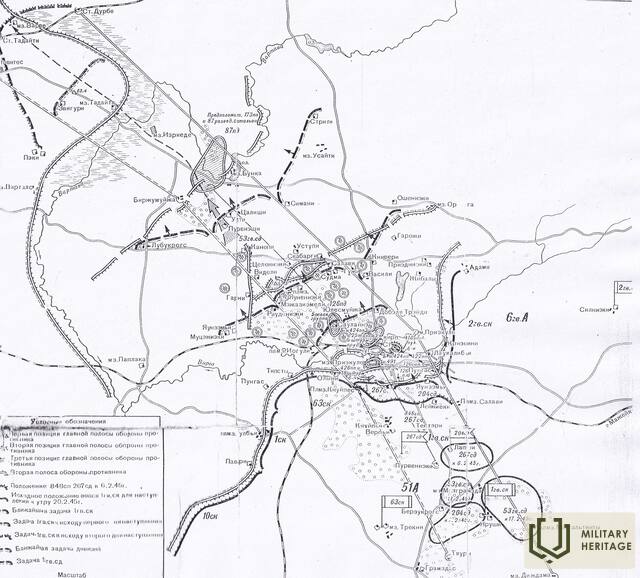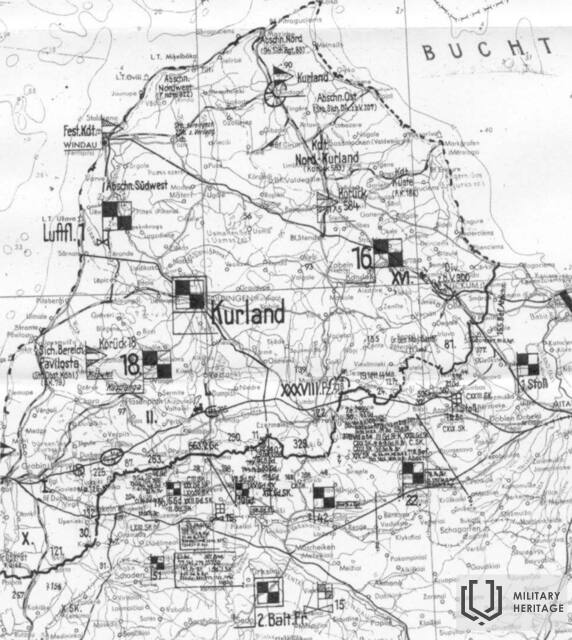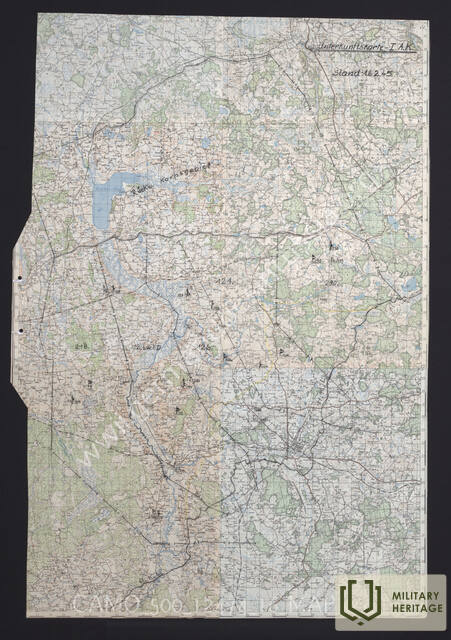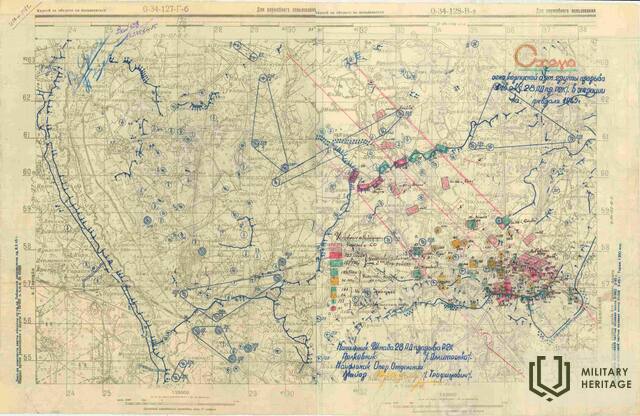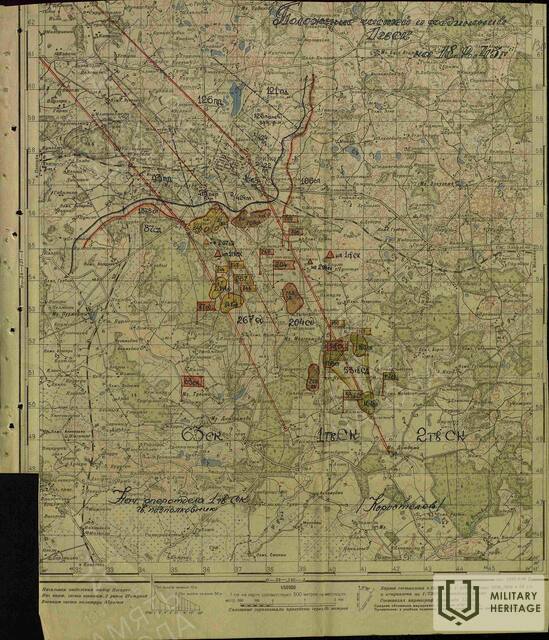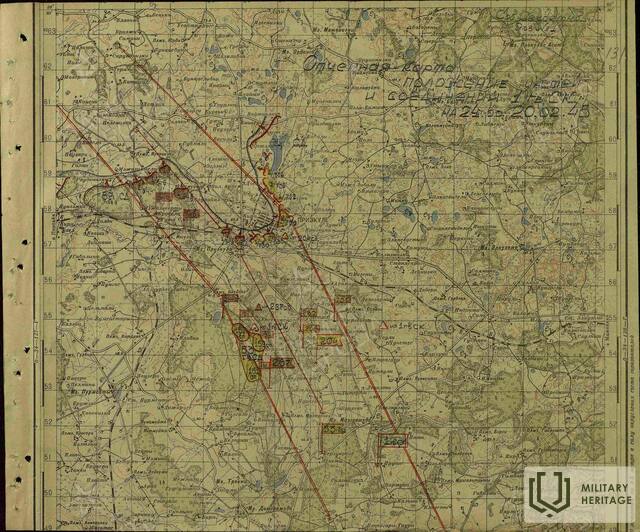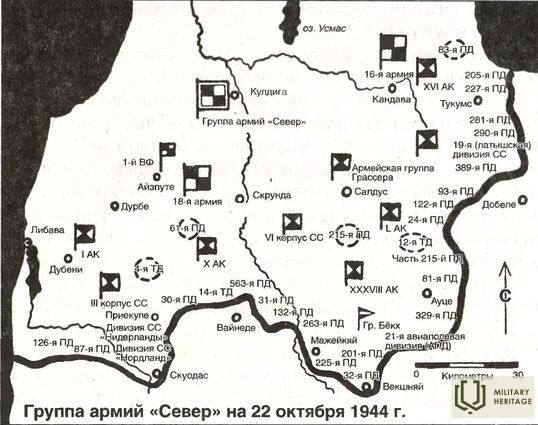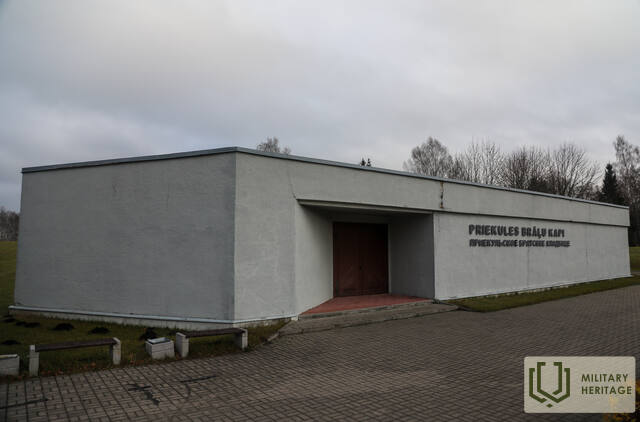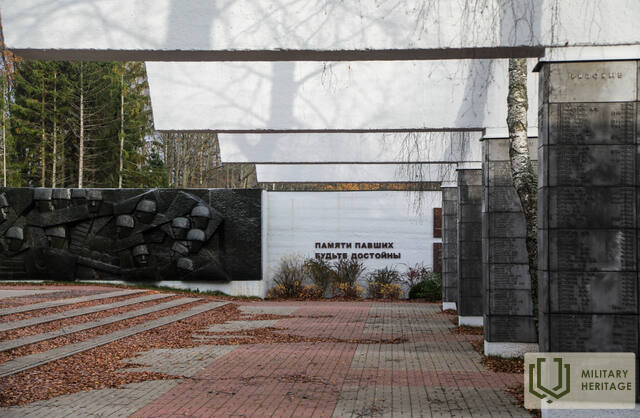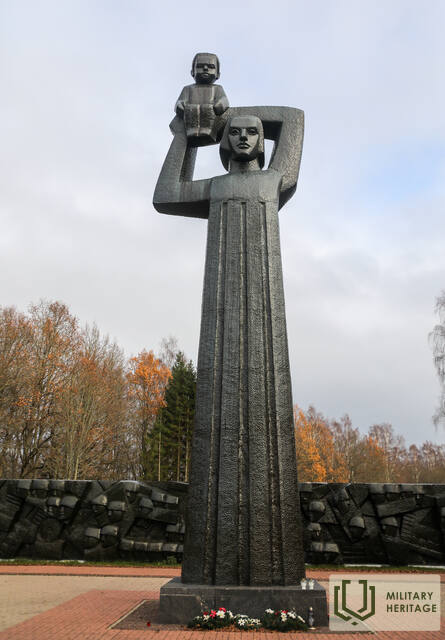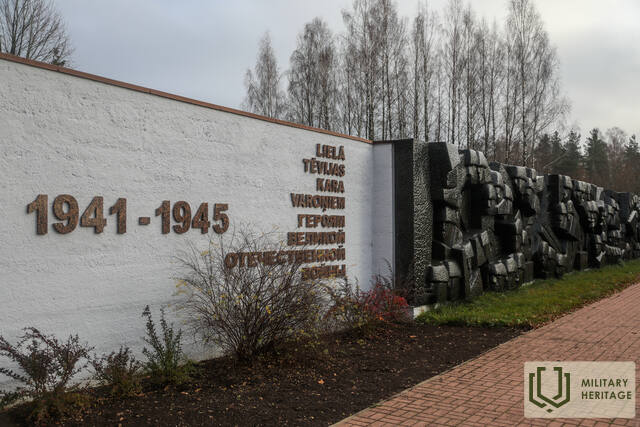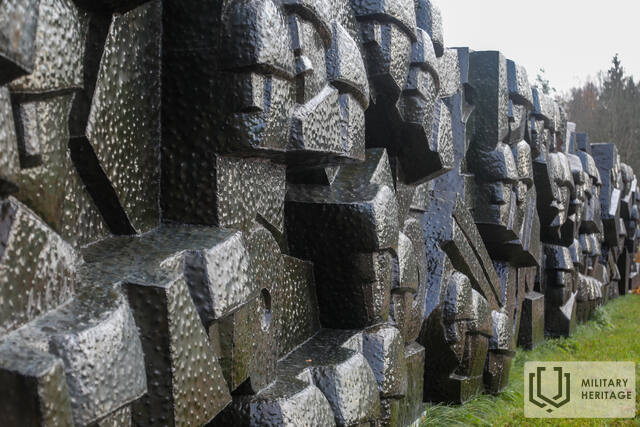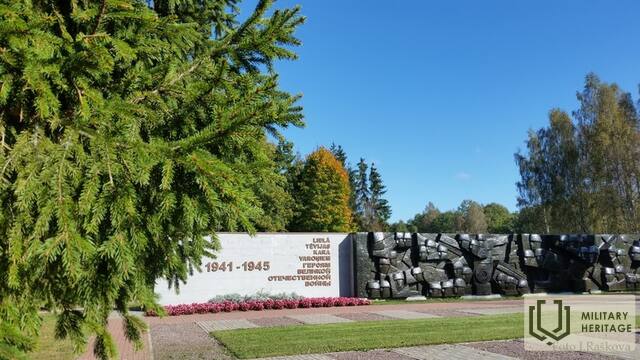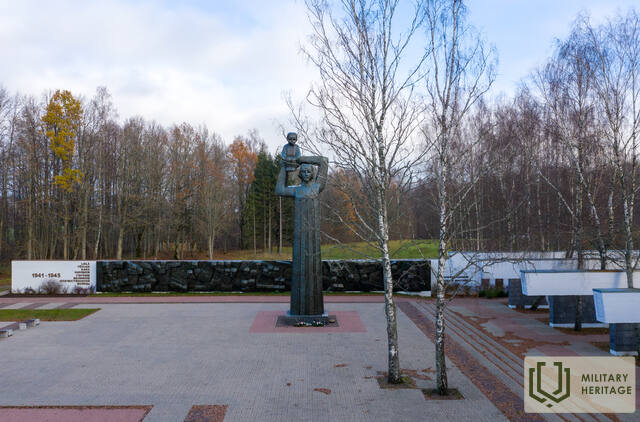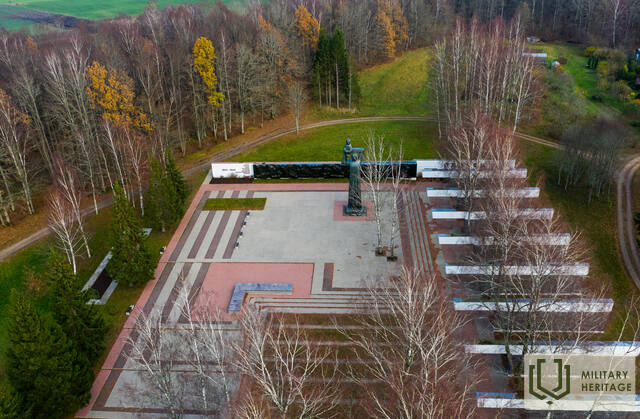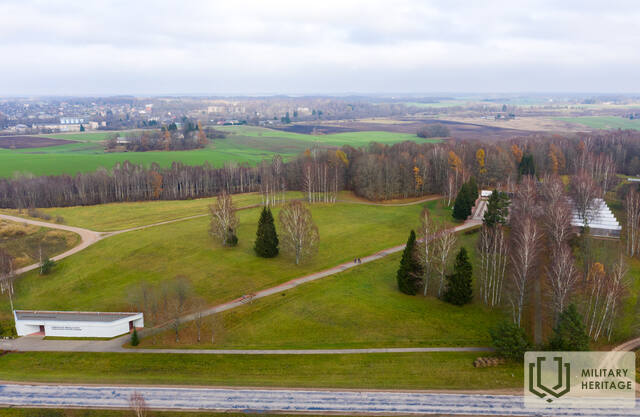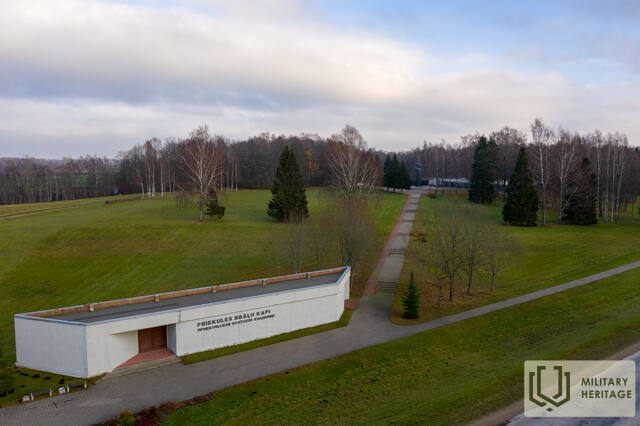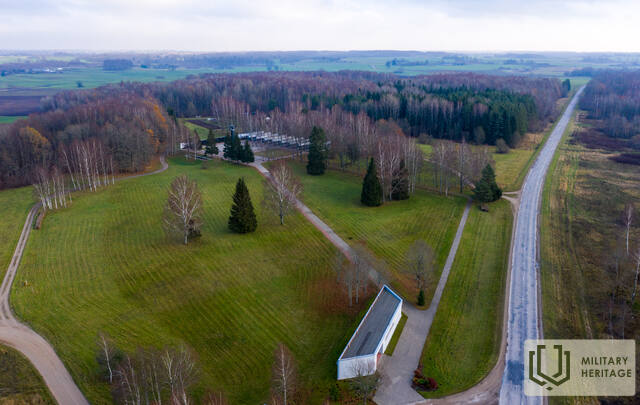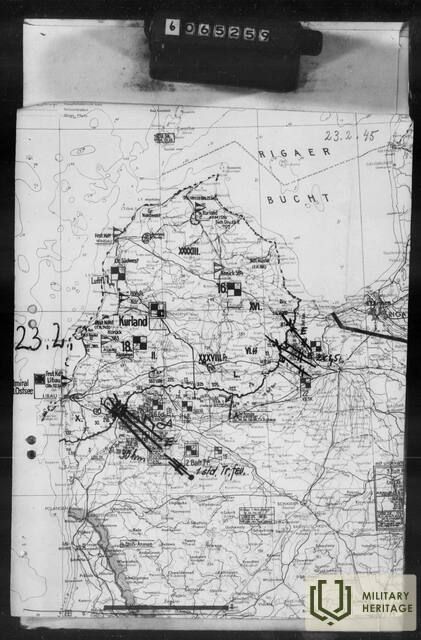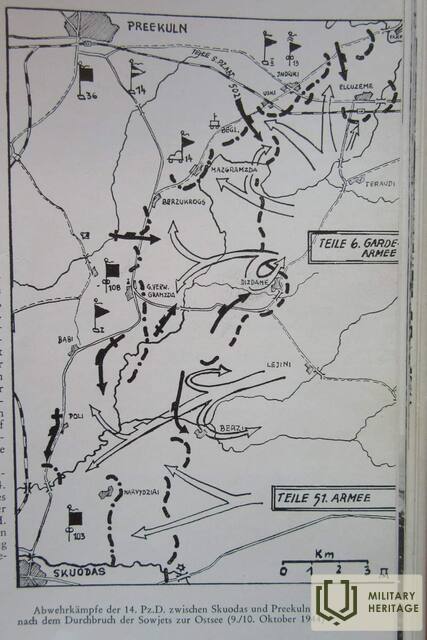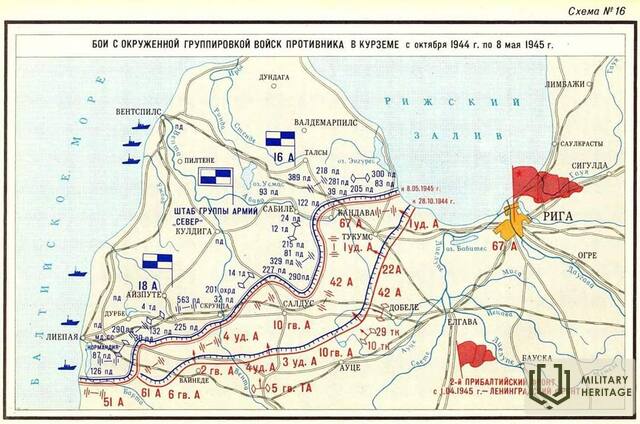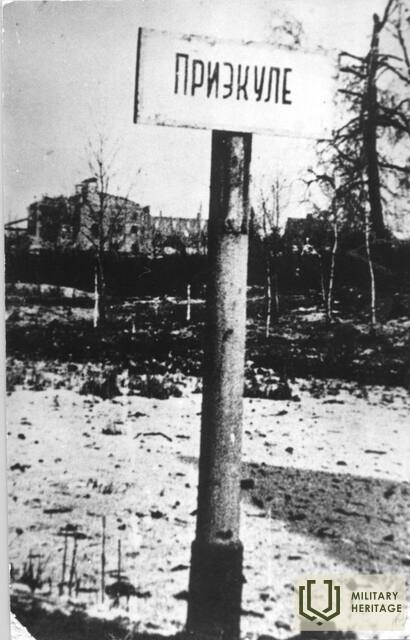Sõduri kalmistu Priekule mälestusansambel
Mälestusmärk

Priekule vennaskalmistu memoriaalansambel Liepāja-Priekule-Skoda maantee kõrval on suurim Teises maailmasõjas osalenud Nõukogude sõdurite matmispaik Baltimaades. Siia on maetud üle 23000 Nõukogude sõduri. Operatsioon „Priekule“ oli üks ägedamaid Kuramaa koti lahinguid, mis kestis 1944. aasta oktoobrist kuni 1945. aasta 21. veebruarini. Priekule lahing 1945. aasta veebruaris kestis ilma katkestusteta seitse päeva ja ööd ning nõudis mõlemal poolel väga palju ohvreid. Kuni Priekule vennaskalmistu ümberkujundamiseni memoriaalansambliks asus siin silmapaistva läti skulptori Kārlis Zāle (1888–1942) viimasena tehtud mälestusmärk, mis oli mõeldud vabadussõja mälestuseks Alojasse. Aastatel 1974–1984 kujundati Priekule vennaskalmistu 8 ha suurune ala ümber Teises maailmasõjas langenute memoriaalansambliks. Selle kujundasid skulptor P. Zaļkalne, arhitektid A. Zoldners ja E. Salguss ning dendroloog A. Lasis.
Kasutatud allikad ja viited:
www.leismalite.lv
Seotud ajajoon
Seotud teemad
Seotud lood
19-aastase Rice Ahmedejevi lugu luurelahingust 14. veebruaril 1945 Priekule lähedal
Baškiiri päritolu Punaarmee sõduri Rais Ahmadejevi (19-aastane) kirjeldus Nõukogude armee ettevalmistustest rünnakuks Priekule ja luurelahingust Piekule 14. veebruaril 1945. aastal.
19-aastase Alfons Volgemutsi lugu luurelahingust 17. veebruaril 1945 Priekule lähedal
Alfons Volgemuth oli 19-aastane poiss, raadiooperaator ja teenis natsi-Saksamaa armees.
"Keegi ei ole sellest operatsioonist tagasi tulnud ja pole teada, kas on ellujäänuid. Ma ise osalesin selles sõjas 19-aastase raadiooperaatorina ja olen üks 2, hiljem 3 ellujäänust, kes sattusid venelaste kätte vangi. Tahan kajastada sündmusi oma kogemusest."
"Sõda ei ole lõppenud enne, kui viimane sõdur on maetud" (Saldus Saksa sõdurite kalmistu)
Kurzeme tekkis 10. oktoobril 1944 eraldi ja eraldi lahinguväljana. Umbes 500 000 Saksa sõjaväelast loeti ümberpiiratuks. 1. Balti rinde staabi aruannete kohaselt oli kogu Läänemere ranniku täielikuks vabastamiseks vaja vaid "väikest pingutust". Siiski jätkusid lahingud Kuramaal veel seitse kuud ja Kuramaast sai Teise maailmasõja lõpu sümbol.
Seitse kuud kestnud lahingutegevuse jooksul kuni 1945. aasta maini kaotasid Saksa väed Kuramaal 154 108 sõdurit hukkununa, haavatuna ja kadununa. Alates 1997. aastast on Salduse lähedal läbi viidud sõjaaja kalmistu uuring ja sõdurite ümbermatmine ning praegu on siin 27 000 langenud sõduri nime.
"Sõda ei ole lõppenud enne, kui viimane sõdur on maetud" (Priekule Brethren Cemetery)
Kurzeme rajati eraldiseisva ja isoleeritud lahinguväljana 10. oktoobril 1944. aastal. Umbes 500 000 Saksa relvajõudude sõdurit loeti ümberpiiratuks. 1. Balti rinde staabi aruannete kohaselt oli kogu Läänemere ranniku täielikuks vabastamiseks vaja vaid "kerget pingutust". Lahingud Kurzemes jätkusid aga veel seitse kuud ja Kurzemest sai II maailmasõja lõpu sümbol.
Seitsmekuulise võitluse jooksul kuni 1945. aasta maini kaotasid Saksa relvajõud Kurzemes 154 108 surnut, haavatut ja teadmata kadunud sõdurit, Punaarmee aga umbes 400 000 surnut, haavatut või teadmata kadunud punaarmee sõdurit.




